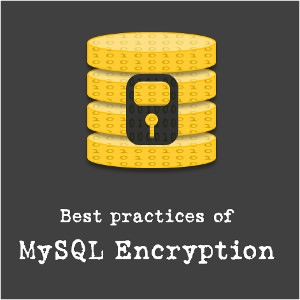Developing and Deploying SQL Server ISV Applications

Pluralsight
Course Summary
Learn how to properly make use of SQL Server in your applications, avoiding common design, security, coding, performance, and installation problems, applicable for developers creating applications that use SQL Server 2005 onward
-
+
Course Description
There are many important considerations when creating and deploying an application that uses SQL Server for data storage, whether you work for a large or small ISV, and are creating a complex or simple application. It's critical that your application performs well under load, keeps the user data secure, and is able to be installed and upgraded easily. This course explains all these considerations using a layered approach that ties into stages in the development lifecycle. The course begins by examining database design and schema considerations, plus general best practices around security using roles, logins, and users. It then explains and demonstrates numerous aspects of T-SQL coding where choices can be made to make the code and application more efficient, and avoid common performance pitfalls. Application and code testing is then addressed, along with figuring out the hardware, software, and SQL Server requirements that must be communicated to the users. The course ends by walking through the deployment phase, including common SQL Server and database configuration options that must be changed or left as the default value, and explaining how to ensure that application and database upgrades run smoothly. This course is perfect for developers who are involved in the development lifecycle of applications that use SQL Server for data storage. The information in the course applies to all versions from SQL Server 2005 onward.
-
+
Course Syllabus
Introduction- 21m 19s
—What is an ISV? 1m 37s
—ISV Examples 3m 3s
—ISV Examples (2) 1m 51s
—The Perception of ISVs 2m 50s
—The Perception of Users 2m 10s
—Facts 2m 25s
—Facts (2) 2m 44s
—Keys for Successful ISVs 3m 27s
—Course Scope and Summary 1m 12sSchema Considerations- 1h 29m
—Introduction 2m 38s
—What's a Database Schema? 1m 6s
—What's a Schema in SQL Server? 2m 46s
—Demo: Exploring the AdventureWorks Schema 2m 57s
—Schema Recommendations 2m 43s
—Tables: The Basics 1m 55s
—Tables: Heaps vs. Clustered Indexes 2m 45s
—Tables: Clustering Key 4m 52s
—Demo: Viewing Heaps and Clustered Indexes 7m 8s
—Tables: Constraints 3m 37s
—Tables: Primary Keys 2m 53s
—Tables: Foreign Keys 4m 18s
—Demo: Constraints 5m 49s
—Data Type Considerations 4m 17s
—Indexes: The Basics 3m 16s
—Indexes: Redundancy 1m 46s
—Demo: Index Redundancy 4m 43s
—Indexes: Unused 2m 30s
—Indexes: Missing 2m 49s
—Views 2m 33s
—Indexed Views 3m 42s
—Demo: Views 6m 48s
—Triggers 2m 11s
—Triggers(2) 3m 29s
—Full-Text Indexing 2m 7s
—Full-Text Indexing (2) 2m 10s
—Summary 1m 45sSecurity- 41m 44sEfficient Code Choices- 1h 41mApplication Testing- 19m 22sApplication Requirements- 21m 12sInstallation and Configuration- 40m 42sApplication Upgrades- 15m 47sSummary- 10m 34s





